from street art to fast fashion: the theft of heart los angeles
how fast fashion took my heart and what every artist should know about copyright protection
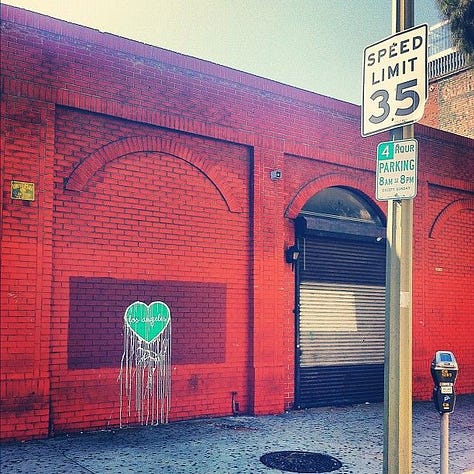
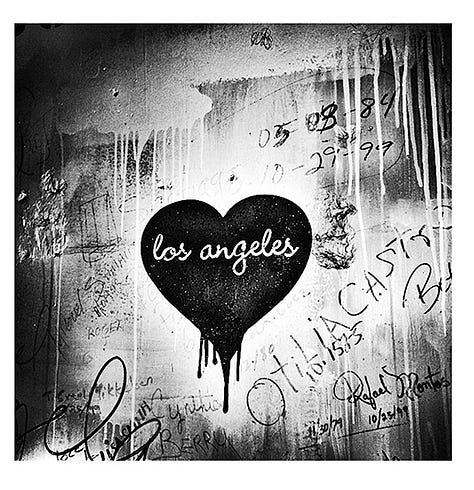
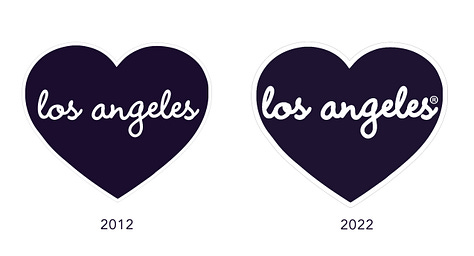
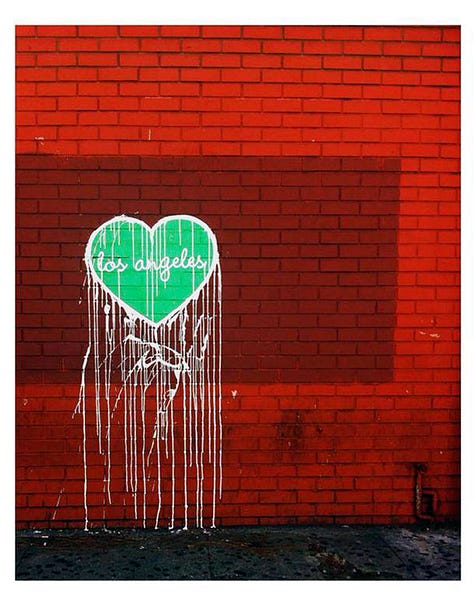
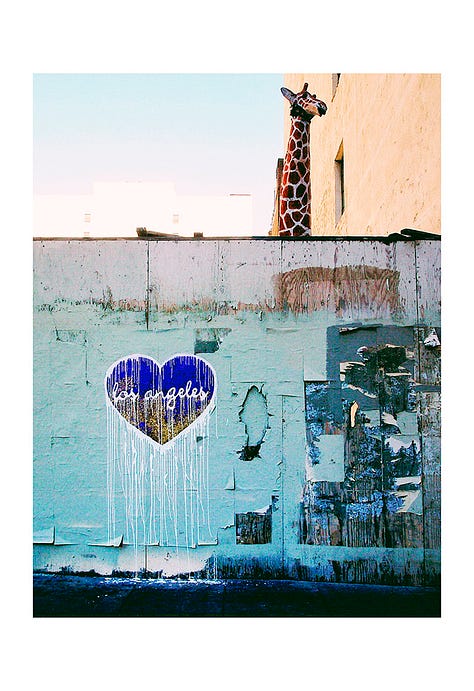

in 2012, i moved to los angeles to attend design school. just a week before starting, i designed what would later be called “heart los angeles.” at the time, i had no idea the impact it would have on my career—or the city itself.
the heart quickly became a powerful and recognizable symbol of urban art in los angeles. it caught the attention of influencers, social media stars, and yoga enthusiasts, appearing in the background of countless instagram posts. unfortunately, this popularity also made it a target for unauthorized use, particularly by fast fashion brands looking to capitalize on its iconic design.
thankfully, i was in design school when all of this began, and my teachers urged me to register the copyright for my work. this step proved to be invaluable, as many artists face significant challenges when their original designs are appropriated, especially if they don’t have their copyrights formally registered.
copyright: automatic protection vs. registration
copyright protection is automatic the moment your work is created and fixed in a tangible medium, whether it’s a mural, digital design, or print. however, in the u.s., registering your copyright with the copyright office is essential for enforcing those rights. without registration, taking legal action against infringers is incredibly difficult, if not impossible.
challenges without copyright registration / artists without registered copyrights face significant barriers:
limited legal recourse: without registration, you can’t file a lawsuit for infringement in federal court. this limits your ability to hold infringers accountable.
proof of ownership: registration provides an official timestamp and documentation of ownership, which is critical for proving your rights in court. without it, establishing authorship can be a complicated process.
reduced remedies: without pre-existing registration, you forfeit access to statutory damages (up to $150,000 for willful infringement) and attorney’s fees. you’re left with the burden of proving actual damages, which is far more challenging to quantify.
fast fashion brands often exploit the gap between automatic protection and formal registration. street art is visually striking, easily photographed, and highly marketable, making it an attractive target for mass production without permission or compensation.
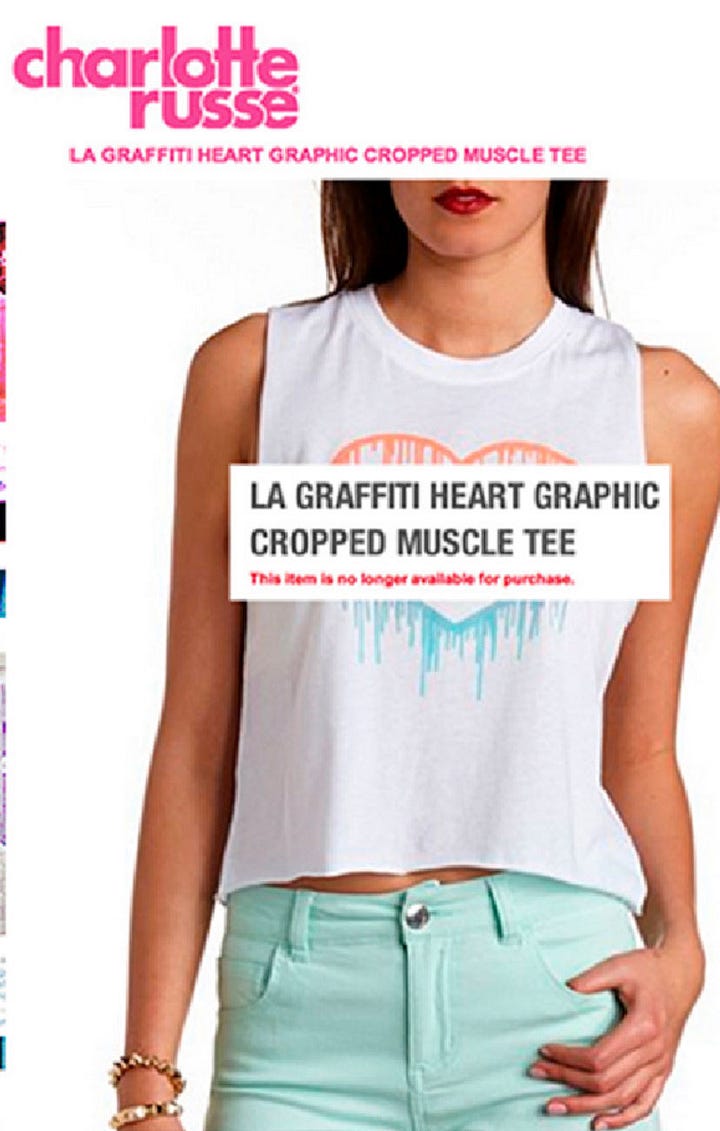
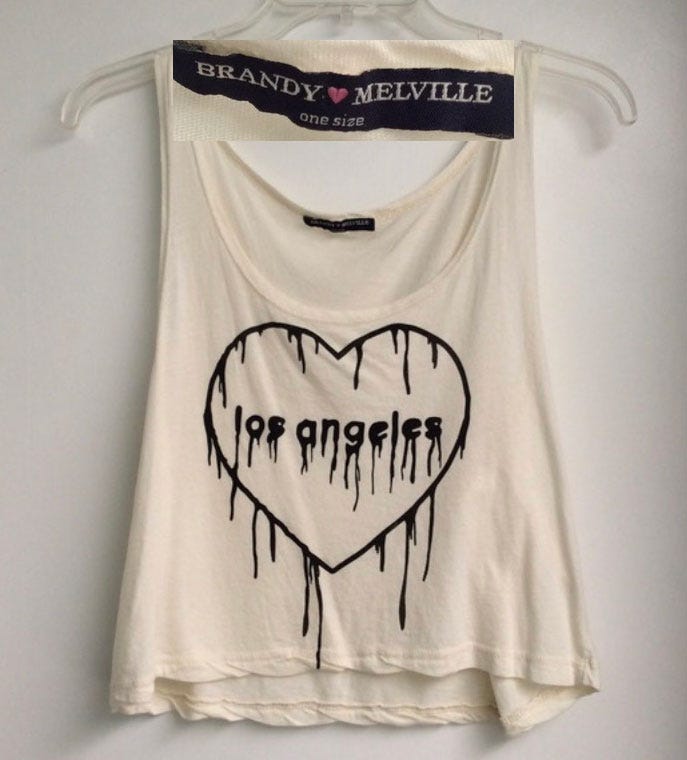
when fast fashion brands appropriate original art, the consequences extend beyond financial loss. your artwork, created as an authentic expression of love and urban culture, is reduced to a disposable product. this not only violates your rights but also dilutes the identity and integrity of your brand. associating your work with mass-market consumerism can tarnish its value and weaken the personal and artistic significance it holds.
protect your work and respond to infringement:
register your copyright: this is the most effective step in securing your legal rights.
consult a copyright attorney: an experienced attorney can guide you through filing claims, seeking damages, and stopping unauthorized use.
raise public awareness: social media and press coverage can amplify your voice, generate public support, and put pressure on infringers to cease their actions or settle.




